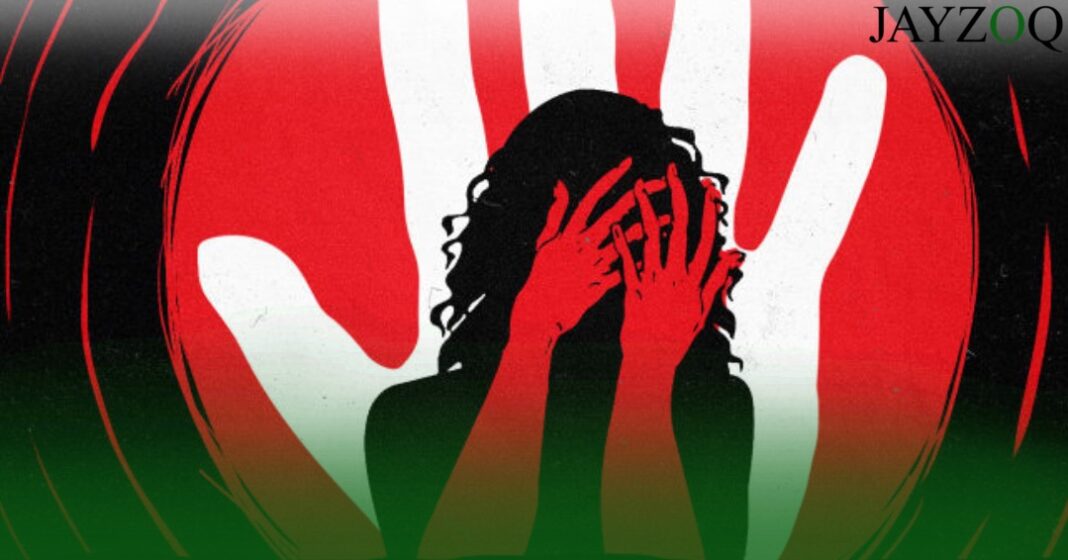TRIGGER WARNING
Every time women step beyond the threshold of their houses, the constant threat of danger suppress them. That fear cripples them, by ingraining seeds of doubt and insecurity into their minds since an impressionable, vulnerable age. It is the fear of inhumane atrocities like r*pe that haunts women throughout their lives. This threat, borne of prevalent harassment and r*pe discourages females from pursuing their dreams and forces little girls into clinging to their mothers; their eyes, wide and fearful avoiding dirty gazes.
Broadly classified, rape can be split into 4 categories: acquaintance rape which refers to rape by an acquaintance, marital rape in which a person is raped by their spouse, statutory rape which entails rape of a person below the age of consent (irrespective of whether this child gives consent or not, it will be classified as rape) and prison rape wherein the perpetrator may be another inmate or a guard. Many forms of rape such as marital rape and prison rape are often denounced as an implausible notion by traditionalists across Pakistan. Marital rape, in particular, is condemned for threatening the sanctity of marriage and brushed off by bigoted ulemas and conservatives.
If one looks upon the history of rape laws in Pakistan, the cornerstone is undeniably the 1979 Hadood Ordinances enforced by dictator Zia Ul Haqq. These ordinances were included in the comprehensive Programme of “Islamisation”. The Hadood Ordinances perpetrated the discrimination of women on a legal level under the umbrella of “Islamic” punishments for fornication, adultery and rape.
For example, the testimony of the entire female gender and minorities was banned, four male eye-witnesses would have to be produced by the victim in order to prove rape and puberty was announced as the age of maturity for girls. Marital rape wasn’t criminalized as the legal definition of rape stated that the accused must be a person “to whom he or she is not married”. Moreover, these laws gave immunity to rapists and discouraged victims from stepping forward as the raped were punished for the crime of adultery. The quintessential example of the fallacy of the Hadood Ordinances was the case of Safia Bibi, in which a blind teenager subjected to rape was forced to identify her perpetrators, and when she was unable to do so, convicted of fornication and lashed. Thus, the question arises, were there truly no rapes during Zia’s regime or did the law, designed to protect the abused, force the victims into silence?
Zia’s Hadood Ordinances outlived him. Finally, after widespread backlash, the rape laws included in the Hadood Ordinance were repealed in the Protection of Women Amendment Act which differentiated rape from fornication and adultery, shifted the age of consent to 16 and removed the specification that the accused could not be the victim’s spouse. Furthermore, an imperative change was that four witnesses were no longer needed and forensic evidence, DNA and testimony of the victim were counted as substantial evidence.
Despite the fact that Pakistan has come a long way in term of rape laws, there is still much ground for improvement. The law continued to humiliate raped women by the use of the two finger test, which degrades women through intrusive examination of the female sexual organs. Instead, rape kits should be used to collect DNA samples and forensic evidence. Furthermore, considering the social and cultural values of Pakistani society, the identity of rapists must not be disclosed lest future victims be discouraged from pursuing justice for fear of public “shame”. Even today, atrocious crimes similar to the Motorway R*pe Case continues to rise. The response to these crimes not only reflects the backward mindsets of government officials, but is also an indictment of the ineffectual law.







